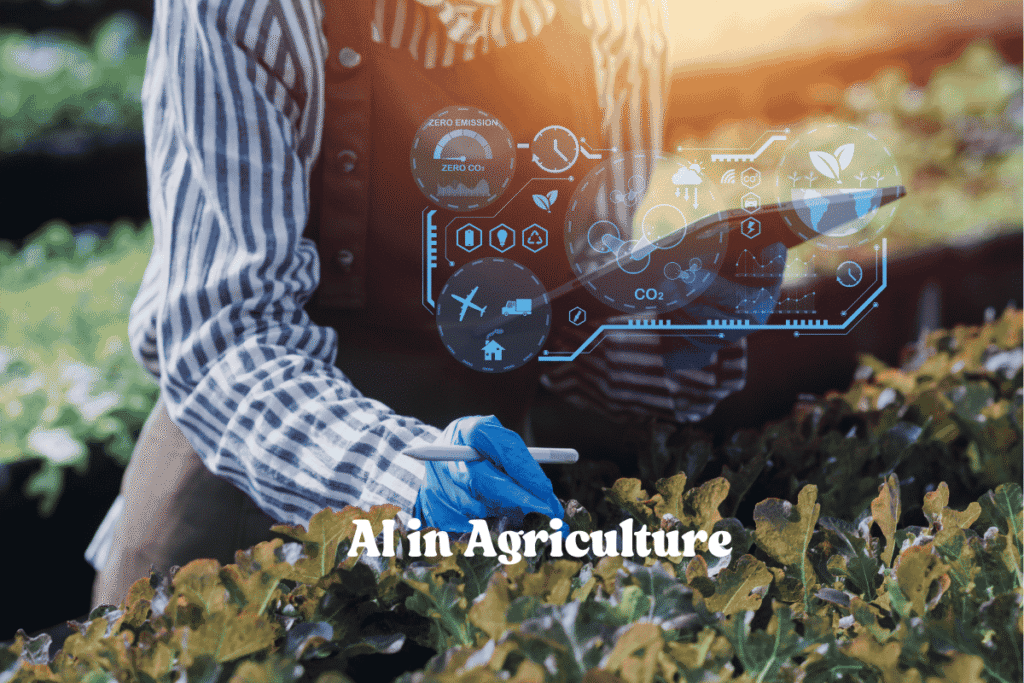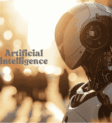Hello people! In what ways is AI making farming more environmentally friendly and efficient? The role of AI in farming is increasing, bringing data, automation, and forecasting to farming activities. Since the world’s population and climate issues are moving up, AI in farming—or smart farming—provides methods to reduce waste, boost production, and support sustainability.
By using precision farming and automatic machinery, farmers can handle demands for food and care for the environment. It looks into the influence of AI over agriculture, how AI is integrated into farming, what there is to praise and criticize, and the future aspects of smart farming.
Let’s dive in!
Table of Contents
Why Agriculture Needs AI
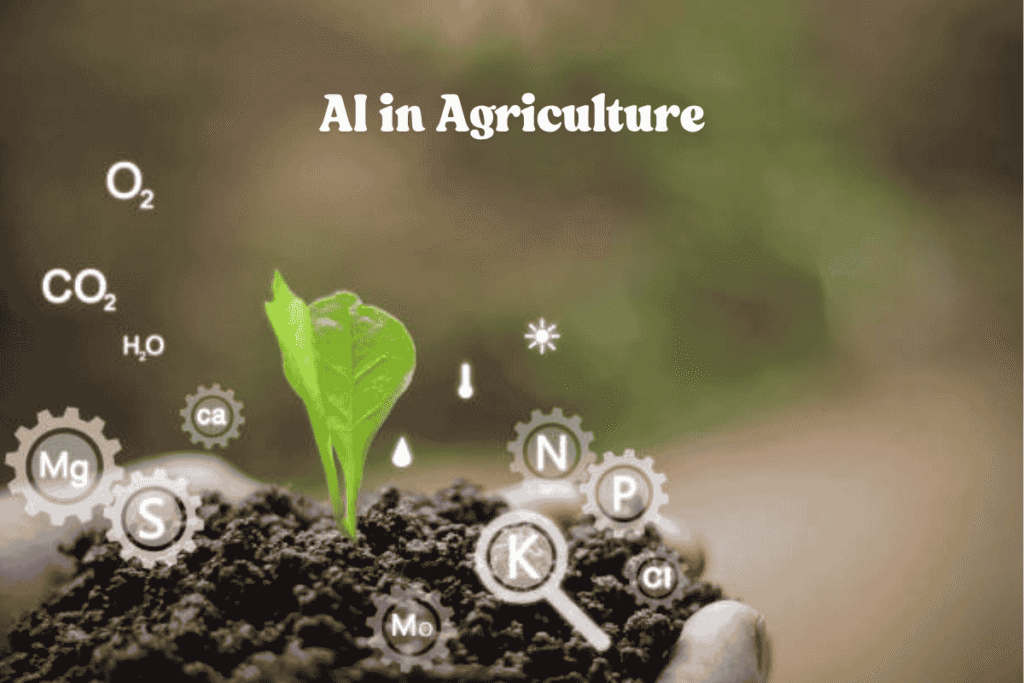
The coming years will see agriculture facing a huge challenge with about 9.7 billion people to feed, less arable soil, and crop yields being threatened by climate change. Traditional farming cannot keep up because it uses resources poorly and needs a lot of work. Focusing on machine learning (ML), computer vision, IoT, and robotics, AI makes sure farming systems are sustainable and backed by data.
AI in smart farming uses sensors, drones and algorithms to monitor the crops, calculate results and conduct certain tasks automatically. According to a 2024 FAO report, using AI in agriculture may boost global food output by 20% and lower the use of resources by 30%. With the technology in agriculture, we can achieve both food stability and good care for the environment.
AI in Modern Farming
Precision Farming
Using AI, precision farming is able to regulate the use of water, fertilizers and pesticides according to real-time information. Data from soil moisture, nutrients and weather is collected by sensors and IoT devices which AI uses to provide useful recommendations. Software developed by John Deere finds and sprays herbicides selectively at areas with weeds which reduces their use by 60%, as was found in a study published in 2025.
With AI, farmers can use variable rate application (VRA) to adjust water and seed usage according to each part of the field. Using ML, Blue River Technology can fine-tune planting methods which raises corn field yields by around 15%. Precision farming reduces waste and helps farmers use resources wisely, thus increasing the sustainability of their work.
Tracking Crop Development
AI and drones constantly check the health of crops so problems can be caught quickly. Imaging from drones with multispectral cameras is used by AI to spot diseases, pests or lack of nutrients. Thanks to Taranis’s AI, early cases of blight in wheat are found which allows farmers to intervene before there is damage. AI was reported in 2024 to increase the accuracy of detecting crop health to 85%.
Combining satellite imagery with AI helps to see patterns over large areas. Firms such as Planet Labs use ML to study satellite images and expect crop yields in different regions. It allows farmers to decide on actions that will enhance their crops and cut down on losses.
Smart Yield Optimization
AI uses data from the past and the present to anticipate how much crops will yield, the climate will change and what Guatemala’s agriculture market will be like. Temperature, rainfall and soil conditions are some of the variables ML models study to make forecasts. For instance, IBM Watson Decision Platform for Agriculture can forecast drought and this information allows farmers to change their watering plans. According to a 2025 USDA study, the use of AI for yield predictions raised the efficiency of harvesting by 25%.
Planning for the market is supported by predictive analytics. Using Agtools and other AI tools, farmers can determine the best times to harvest so they sell their crops at the highest price. Using data helps companies make better decisions and handles risks in turbulent market conditions.
Computerized Machines and Robots
Laborious tasks such as planting, harvesting and weeding, are handled by robotics that rely on AI automation. AI is used by CNH Industrial to make its autonomous tractors plant seeds precisely, navigate fields and stay away from obstacles. Abundant Robotics’ robots find ripe apples on the trees using cameras which results in a 40% increase in efficiency for harvesting.
Drones are also used. With AI help, DJI drones apply sprays on fields quickly, lowering the expenses needed for manual labor. They help deal with worker shortages, especially in rural areas where jobs are declining, and allow farms to become larger.
Livestock Monitoring
Welfare in livestock farming is improved by using AI to track how livestock are feeling and behaving. Sensors built into collars and AI cameras help by monitoring heart rate, when the pet eats, and how much it moves. An example is the ALUS system from Cainthus which relies on facial recognition to monitor dairy cows so that stress or illness can be spotted early. In 2025, a study in Livestock Science discovered that AI helped cut cattle deaths by about a fifth.
Artificial Intelligence optimizes how feed is used. The analysis of nutritional information by ML allows for smarter mixing of feed which improves the well-being of animals and lowers expenses. Because of this precise way, both livestock are more productive and the farming process becomes more sustainable.
Enhancing Supply Chain Efficiency
With AI, predicting demand, improving logistics and decreasing waste are possible in supply chains for agriculture. With AgriDigital and similar platforms, AI follows produce doing its journey from farm to market, helping to keep waste down and ensure accurate record-keeping. AI supply chains helped to lower food waste by 30% in many developing nations, according to the 2024 World Bank report.
AI aids in getting goods to more markets. FarmERP connects farmers to purchasers and provides recommendations on how to price products using predictive analytics. This approach benefits smallholder farmers, mainly in areas where there is a lack of market infrastructure, so they can earn more profit.
Benefits of AI in Agriculture
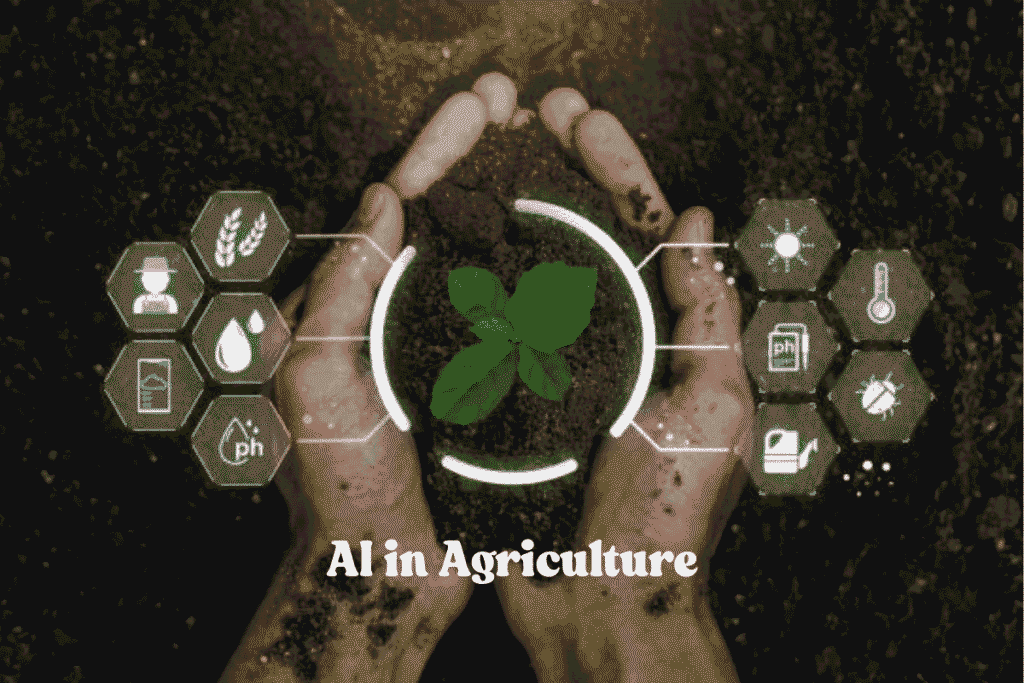
Increased Productivity
AI makes farming more effective and leads to bigger harvests. By using precision farming and predictive analytics, farmers can make efficient use of resources and by doing that, enhance the quantity of their crops. An IFPRI study in 2025 concluded that using AI in farming would improve global agricultural productivity by a quarter and deal with food security concerns.
Resource Efficiency
AI helps to apply water, fertilizer and pesticides only when needed which reduces overall use. An example of AI use is seen in irrigation systems, as they lower water usage by 40% according to a 2024 Nature study. Such conservation is needed in locations where water is scarce and encourages sustainable ways of using water.
Cost Reduction
Using automation and predictive analytics lowers the expenses of both labor and supplies. Machinery that operates without humans reduces the amount of manual labor and AI ideas mean resources are only used optimally. The Deloitte report from 2025 concluded that farms that employ AI saw their costs fall by 20% on average.
Environmental Sustainability
With AI, the chemical pollution and energy used in farming can be greatly lowered. Precise application of substances and proper planting reduce harm to the environment and AI climate models prepare farmers for new climate challenges. A 2024 report from the UN notes that AI could help agriculture cut down its carbon emissions by 15%.
Supporting Small Farmers
AI makes it possible for any farmer to use advanced farming tools. Microsoft’s FarmBeats is an affordable AI service on the cloud and this allows small farms to use new farming techniques. Because of this approach, productivity rises in the developing regions where over 80% of the world’s food is grown, according to FAO figures.
AI Tackles Crop Diseases
High Initial Costs
Investments are needed for technologies like drones and IoT sensors in AI. The tools may be too costly for many small farmer groups in developing countries. The World Bank’s 2025 study indicated that about 60% of farmers in low-income regions are unable to use AI because of financial concerns.
Data Management and Access
AI needs high-quality, thorough data to function well. Because connectivity is often limited in rural areas, gathering necessary data can be difficult and negatively affects AI use. To be effective, programs need a solid data infrastructure.
Difficulties with Expertise
Have specialized skills if you want to operate AI systems. Training in AI is rare for farmers which is a problem due to the worldwide lack of agtech experts. A 2024 LinkedIn report pointed out that there is a 30% gap in the skills needed for using AI in agriculture.
Ethical and Privacy Concerns
Privacy issues are brought up by AI systems that manage farm data. For example, devices in the IoT sharing such information with cloud platforms may place sensitive details at risk. It is important to keep data secure and to get farmer consent because of regulations like GDPR.
Environmental and Social Impacts
Making AI systems a main source of work might cost people in rural areas their income. Heavy reliance on technology can cause farmers to focus on a single crop which decreases the variety of plants. It is very important to take social and ecological factors into account when using AI.
Future of AI Agriculture
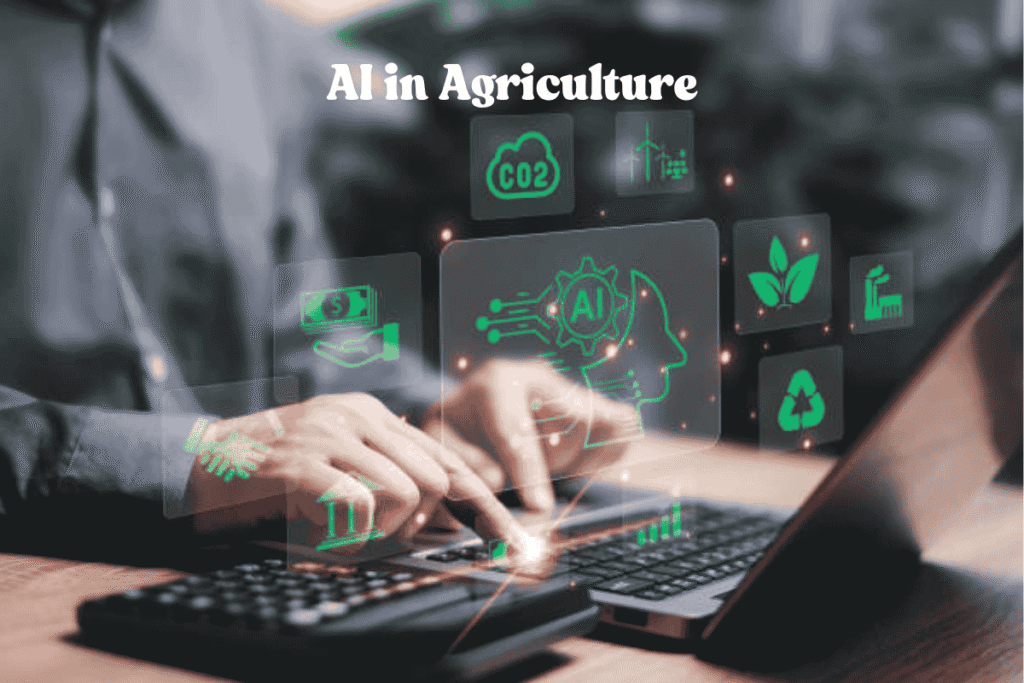
Smart farming will be transformed as AI continues to bring innovative changes in agriculture. Markets and Markets forecast from 2025 stated that artificial intelligence in the area of agriculture will increase by 25% annually by 2030. Important trends involve:
Advanced AI Algorithms
AI will plan how farming should be done, estimating crop rotations and the needed resources. An AI might plan what to grow over several years to increase soil well-being and output, so manual planning is needed less.
Edge AI and IoT Integration
Edge AI which runs on local machines, will support quick decisions in areas that are not well connected to the internet. Observing crops and livestock can be done immediately when sensors communicate with AI at the edge. McKinsey forecasted that edge AI will handle 50% of global farmland by 2035.
Self-Driving Agriculture
AI and robot technology will soon drive the growth of fully autonomous farms. The systems control the planting, watering, and harvesting processes mostly using robots. Farm-ng and similar firms are building modular robots and tests have found that pilots are up to 30% more efficient than former ways.
Climate-Resilient Farming
AI will improve our readiness for climate change by predicting intense weather and advising on strong crop varieties. AI systems could propose drought-resistant assortments, choosing them using data on regional climate, so yields are steady. In a 2024 Nature Climate Change study, it is estimated that smart climate approaches with AI may raise resilience by 20%.
Blockchain and AI Together
AI working with blockchain will guarantee that supply chains are clear and transparent. AI examines the data, helping to assure quality and blockchain verifies how the produce was grown, curbing chances of fraud. The Food Trust pilot program by IBM in 2025 reduced supply chain conflicts by 40%.
Conclusion
With AI, farming is getting smarter which means crops are produced faster, grow better, and are stronger against troubles. Technologies brought by AI are helping solve issues related to healthy food and climate change. Several problems need to be addressed, among them cost, limited information sharing, and moral issues, to achieve equal usage of AI.
When AI expands, agriculture is set to become friendlier with neighbors, more environmentally friendly, and made up of smarter ideas. What impact is AI expected to have on the food you consume in the future?
FAQS
- In what ways does AI help crops yield more?
AI improves the use of resources, says what can happen, and watches crop conditions.
- Can AI help make farming less expensive?
Using automation and precision cutting does reduce labor and input costs for a company.
- What are the difficulties preventing more use of AI in agriculture?
The inability to implement is caused by high expenses, trouble with data, and lacking skills.
- In what ways does AI help sustainability in farming?
AI helps bring down the use of chemicals and supports the environment’s ability to cope with climate events.
- Will robotics and AI end the need for traditional farming?
No, they boost farming efficiency and sustainability.
